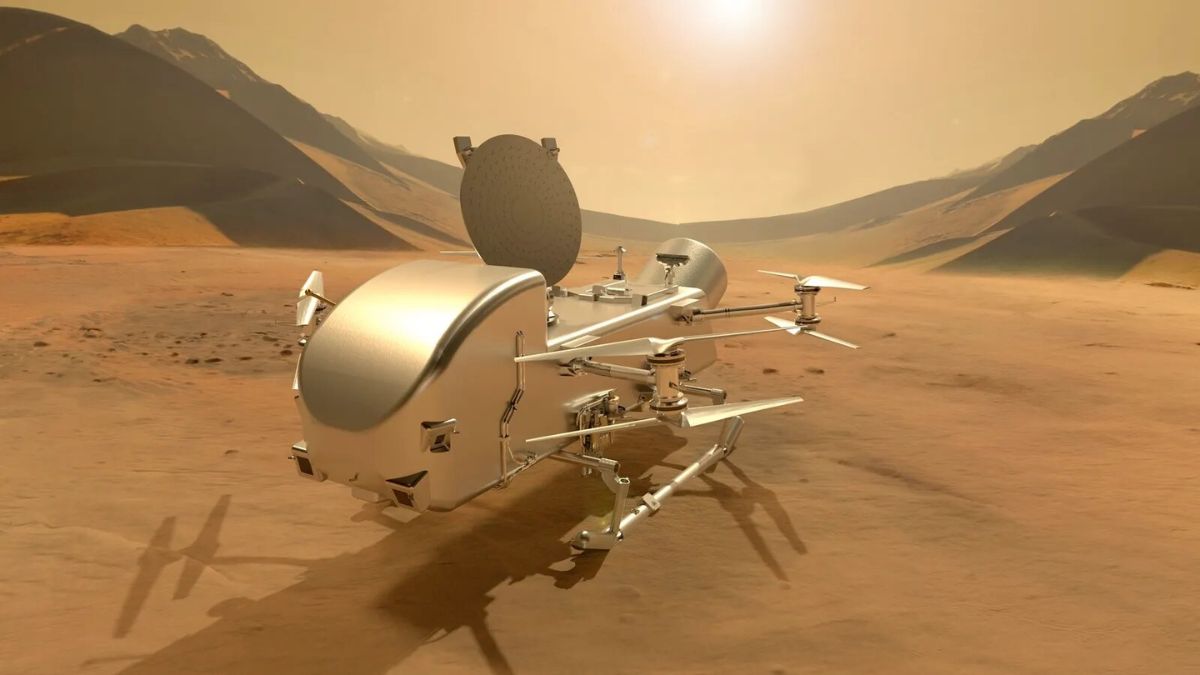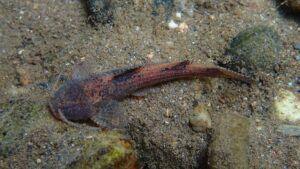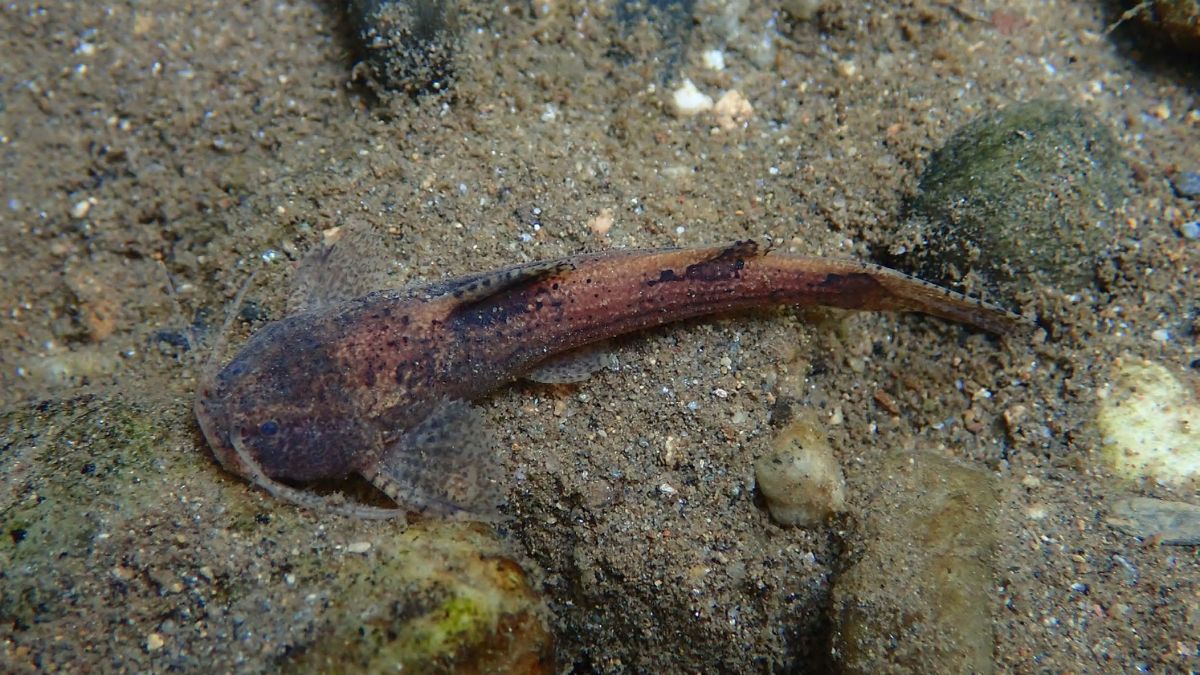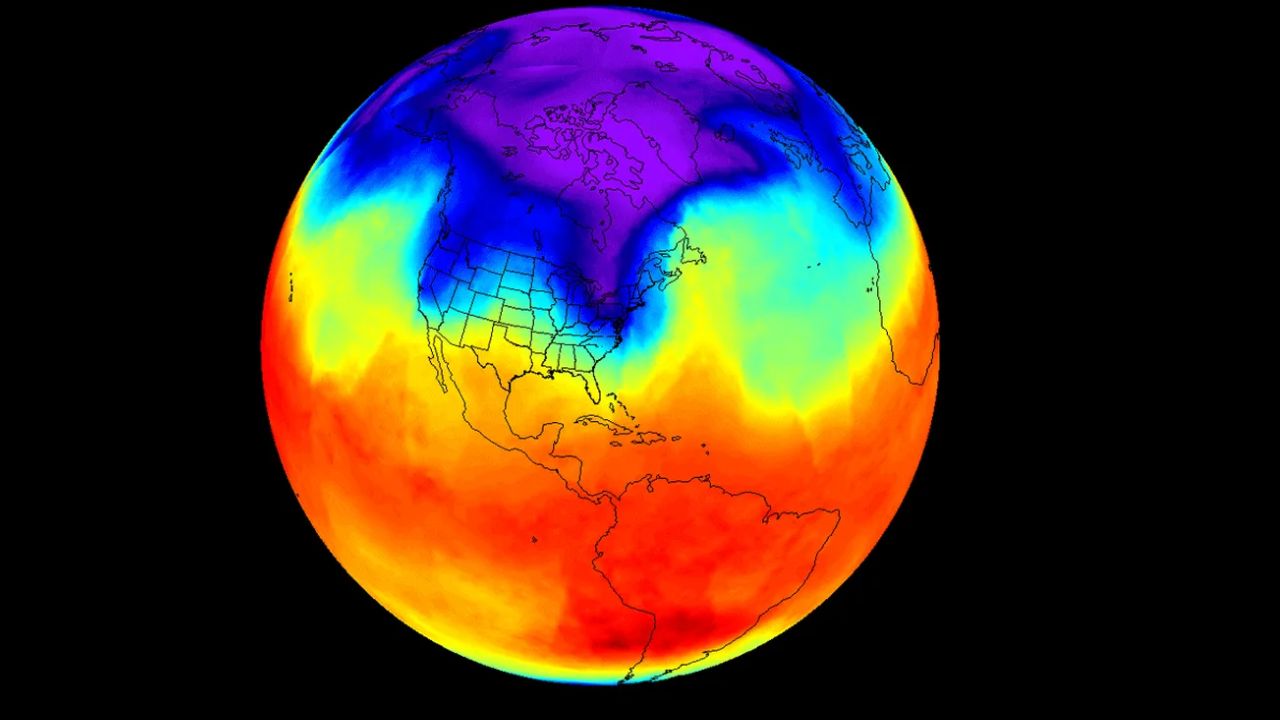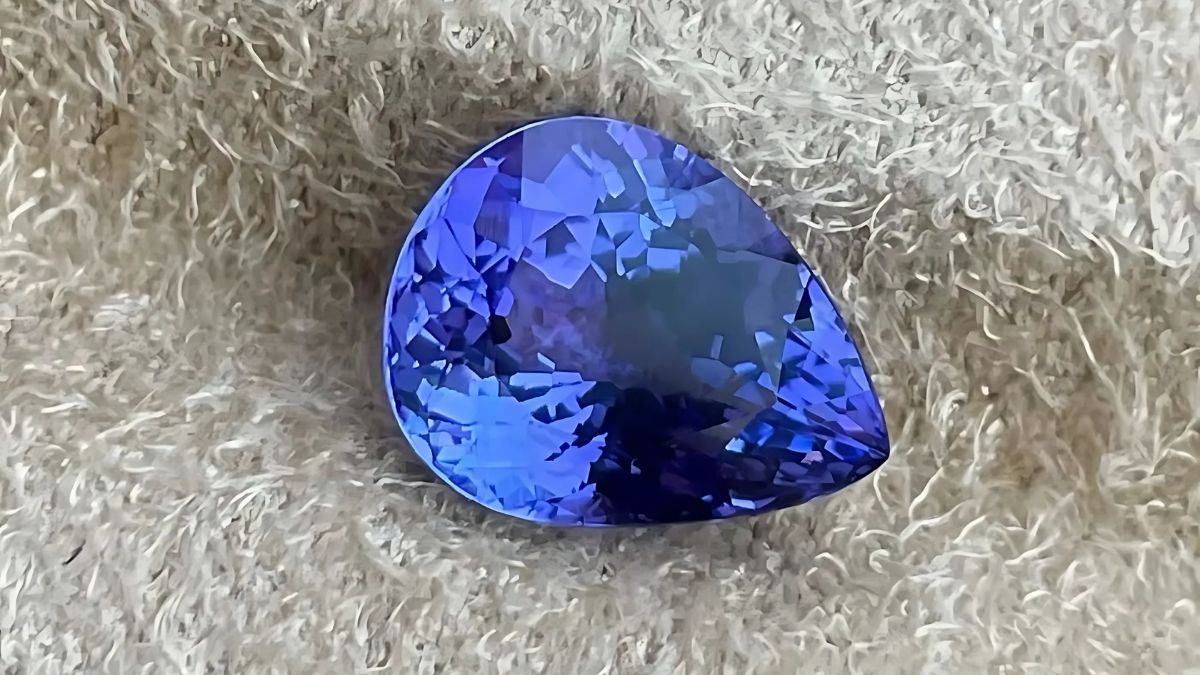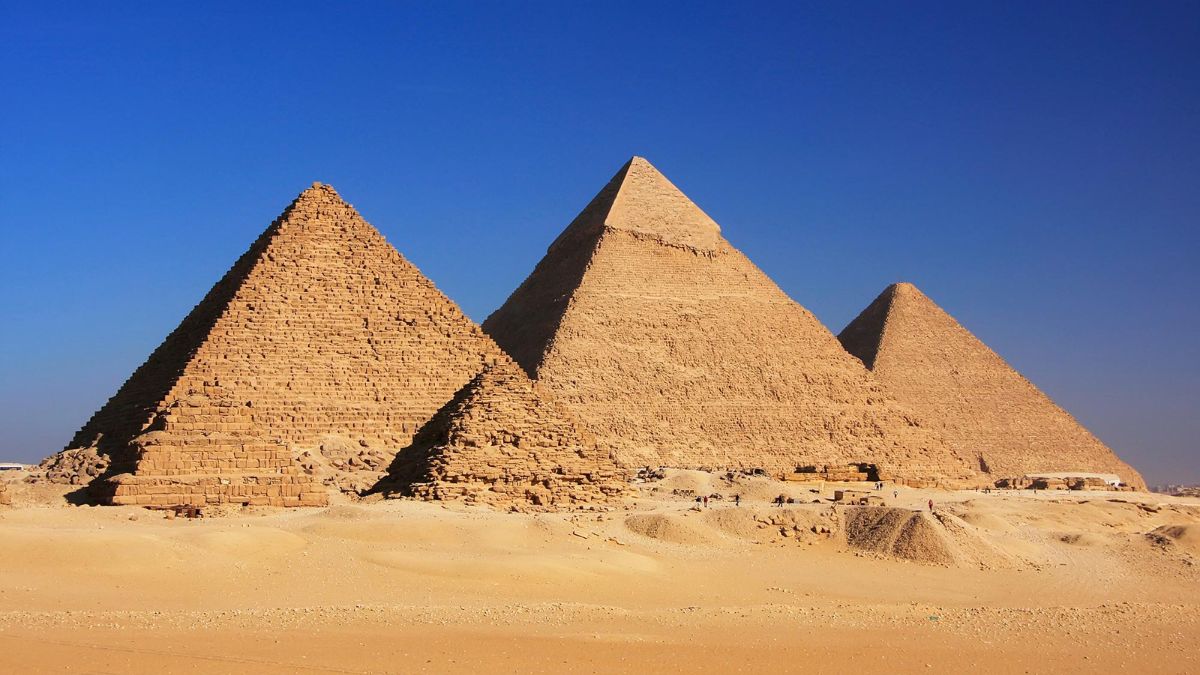Saturn’s largest moon, Titan, is back in the spotlight—and for good reason. Researchers at the University of Arizona are buzzing over a new study that suggests Titan’s underground ocean might support microbial life. Yep, we’re talking real extraterrestrial life—not the kind from sci-fi movies, but possibly something alive and microscopic, hiding beneath a frozen shell.
This discovery could change how we know life in the universe. Let’s cut into what’s going on out there, millions of miles from Earth.
Titan
Titan isn’t your average moon. It’s Saturn’s biggest one, and it’s unlike any other place in our solar system. It has a thick atmosphere made mostly of nitrogen and methane, and its surface features lakes and rivers—but not of water. Instead, they’re filled with liquid hydrocarbons like methane and ethane.
Sounds extreme, right? But that’s exactly what has scientists so fascinated. Beneath that frozen crust lies an ocean—one that could be hiding microbial life that survives using a process similar to fermentation. Think yogurt, bread, or beer—just on an alien world.
Life
So what kind of life are we talking about? According to scientists, this wouldn’t be some sea monster lurking in the depths. In fact, Titan’s entire biosphere—if it exists—might weigh less than a miniature poodle. Seriously. That tiny.
And here’s the wild part: there might be less than one microbe per liter of ocean water. The total carbon in all these potential life forms? About the same as a 110-pound human. It’s not much, but it’s enough to shake up everything we thought we knew about where life can exist.
Molecules
Now let’s talk about how life could even begin out there. Titan’s atmosphere is packed with methane and nitrogen. When sunlight hits those gases, they create organic molecules—tiny building blocks of life. These molecules then fall down onto Titan’s surface like space snow and may make their way into the underground ocean.
What do scientists mean by “organic molecules”? We’re talking amino acids and other simple carbon-based compounds—the exact stuff that helped kickstart life on Earth.
Microbes
A team led by Antonin Affholder decided to investigate whether Titan’s ocean could actually support life. They focused on a potential microbe that could survive using fermentation.
Instead of needing oxygen (which Titan doesn’t have), this microbe would break down a molecule called glycine—one of the simplest amino acids found in space. On Earth, some bacteria use this exact method to create energy. It’s the same fermentation process that gives us tasty things like beer and bread. Imagine that—but on another planet.
Size
What’s really mind-blowing is how small this potential alien ecosystem might be.
| Feature | Estimate |
|---|---|
| Microbes per liter | Fewer than one |
| Biosphere total weight | A few kilograms |
| Total carbon content | Equal to a 110-pound person |
This would make Titan’s biosphere one of the tiniest known—yet still incredibly important.
Entry
How do the organic molecules reach the underground ocean? Scientists have two leading theories:
- Surface Cracks & Craters: Meteorites crashing into Titan could break through the icy crust, allowing molecules to seep down.
- From the Core: Organic matter might even rise up from Titan’s rocky center into the ocean, bringing nutrients from below.
Either way, the ingredients for life could be mixing into Titan’s ocean right now.
Research
Finding life on Titan won’t be easy. As the scientists put it, it’s like trying to find a single cell in an entire haystack. But that doesn’t mean it’s not worth the effort.
Even the tiniest discovery—a single alien microbe—would completely change how we think about life in the universe. It would prove that life doesn’t need warm temperatures, sunlight, or even oxygen. It just needs a little chemistry and the right environment—even if it’s hidden under a sheet of ice on a moon millions of miles away.
Titan reminds us that the universe is full of mysteries. And some of the biggest answers might come from the smallest forms of life.
FAQs
What is Titan made of?
Titan has a thick atmosphere and liquid hydrocarbon lakes.
Does Titan have water?
Yes, it has an underground ocean beneath its icy surface.
Could Titan have life?
Yes, microbes may survive through fermentation in its ocean.
How big is Titan’s biosphere?
It could weigh just a few kilograms—very tiny!
Why study Titan?
It may prove that life can exist in extreme alien environments.

